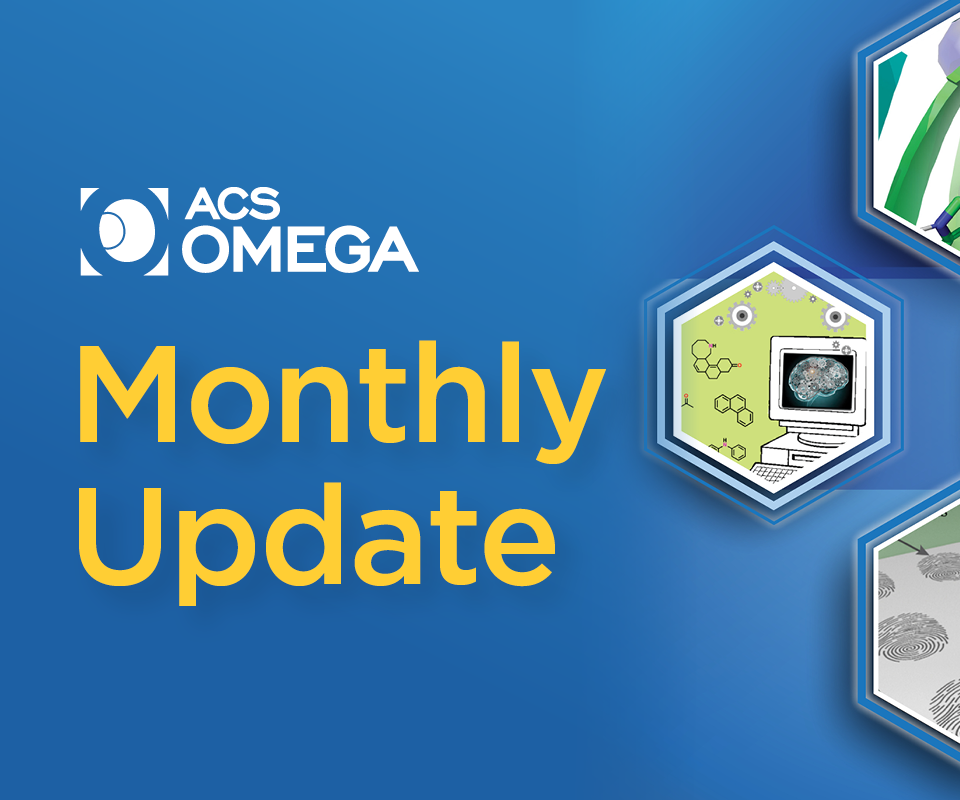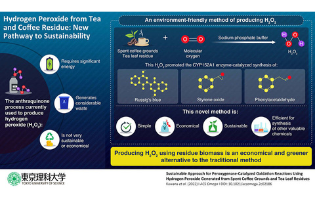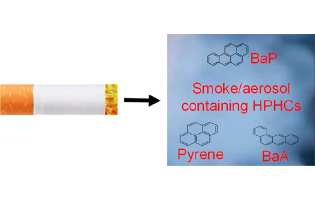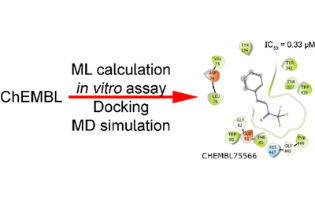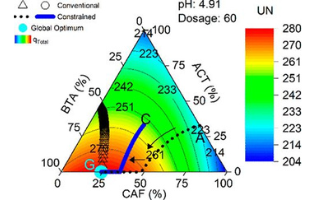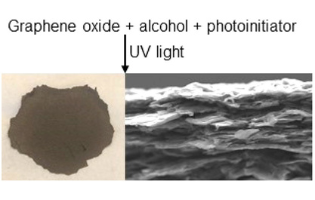We are delighted to inform you that ACS Omega has recorded an Impact Factor of 4.132, an impressive increase of 17.7% over last year. This calculation considered citations acquired in 2021 for articles published in 2019 and 2020. In addition, ACS Omega’s 5-year impact factor has also risen to 4.197! Finally, the journal received 41,528 citations in 2021, up 78.6% over the previous year!
Key Journal Metrics
- ACS Omega published 366 articles in June, taking the total number over 2,000 for the first half of 2022. As compared to the first half of 2021, this represents a growth in published output of 25.4%.
- ACS Omega articles were downloaded 731,099 times in June, taking the total usage over 4 million for the first half of 2022. This represents a growth of nearly 30% in usage compared to the first half of 2021.
Published Issues
pp. 21359-22060
pp. 20428-21358
pp. 19043-20427
pp. 18192-19042
Featured Articles
Hydrogen peroxide (H2O2) is an important chemical with various applications. However, the current method used to manufacture H2O2 is expensive and generates a considerable amount of waste, making it an unsustainable approach. In this study, a group of researchers from Japan produced H2O2 from waste coffee grounds and tea leaves and then demonstrated its industrial use. Their novel method proved to be simple, cost-effective, and, most importantly, sustainable.
Hideaki Kawana et al., Faculty of Science and Technology, Tokyo, Japan
ACS Omega 2022, 7, 23, 20259–20266
The accepted dangers of conventional cigarette smoking have led to the emergence of both electronic cigarettes and heated tobacco products (HTP). To complement the emerging toxicological evidence that IQOS (by Philip Morris International) and potentially other HTPs pose significant harmful health threats, this review considers the analytical evidence as to whether the harmful and potentially harmful compounds present in HTP vapors can be considered as being smoke free and a lower risk than conventional cigarette for human exposure.
Clement N. Uguna and Colin E. Snape, University of Nottingham, United Kingdom
ACS Omega 2022, 7, 26, 22111–22124
Acetylcholinesterase (AChE) is one of the most important drug targets for Alzheimer’s disease (AD) treatment. In this work, a machine learning model was trained to rapidly and accurately screen large chemical databases for the potential inhibitors of AChE. The obtained results were then validated via in vitro enzyme assay.
Trung Hai Nguyen et al., Advanced Institute of Materials Science, Ho Chi Minh City, Vietnam
ACS Omega 2022, 7, 24, 20673–20682
In this article, the authors performed an optimization study for the simultaneous adsorption of binary and ternary mixtures of acetaminophen, benzotriazole, and caffeine on surfaces of activated carbon. Since studies of single-component adsorption still predominate in the literature, this article brings an interesting example of how to optimize multi-solute adsorption processes.
Bharathi Ganesan Retnam et al., Institute of Technology Madras, India
ACS Omega 2022, 7, 23, 19561–19578
This work reports on a versatile procedure to address the insolubility in aqueous medium of hydrophobic antiviral drugs and the urgent need to apply this drug for treatment of viral infection such as Zika. The vesicles are directly composed of antiviral drug molecules with amphiphilic structures, which modulates the assembly mechanism. This new design is beneficial for different methods of drug delivery since it eliminates the need for the use of penetration enhancers such as surfactants, usually added to the nanovesicles suspensions.
Suzana Hamdan et al., University of Miami School of Medicine and Dr. JT Macdonald Foundation Biomedical Nanotechnology Institute, United States
ACS Omega 2022, 7, 25, 21359–21369
Graphene is the strongest known material. However, the challenge of translating that strength from the microscale to the more useful macroscale remains unmet. Preparing solid structures from self-assembled graphene oxide liquid crystals has allowed the creation of paper and fibers with excellent mechanical properties.
Keroles B. Riad et al., Concordia University, Montreal, Canada
ACS Omega 2022, 7, 24, 21192–21198
Previous Newsletters
Click below to view a previous ACS Omega Monthly Update
© 2024 American Chemical Society, 1155 16th St NW, Washington, DC 20036, USA. View our Privacy Policy


